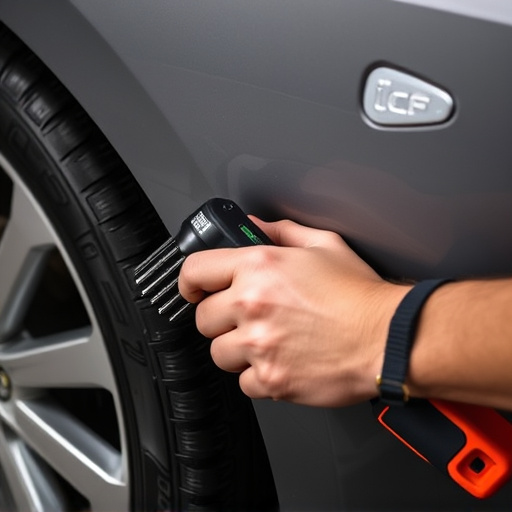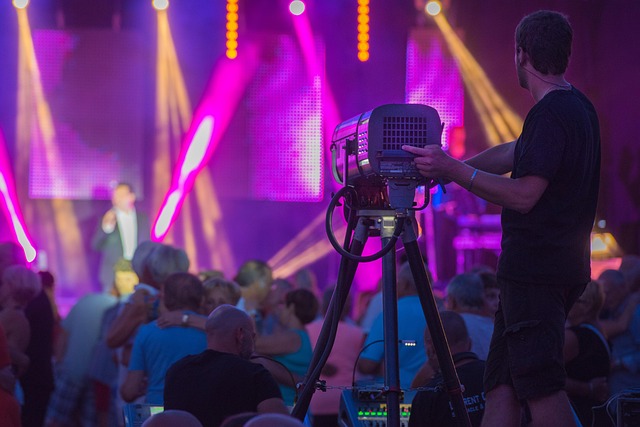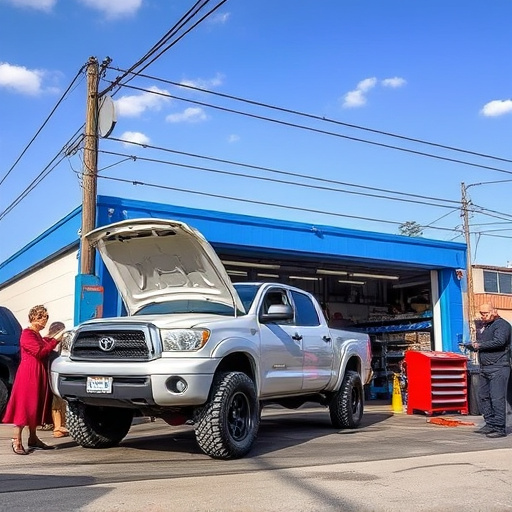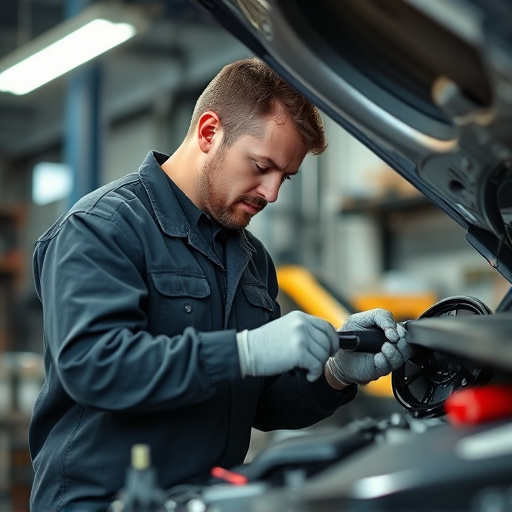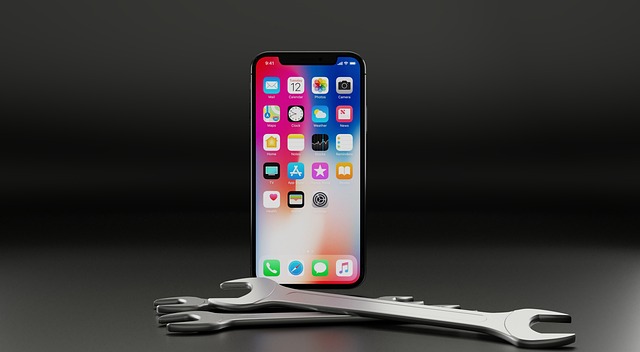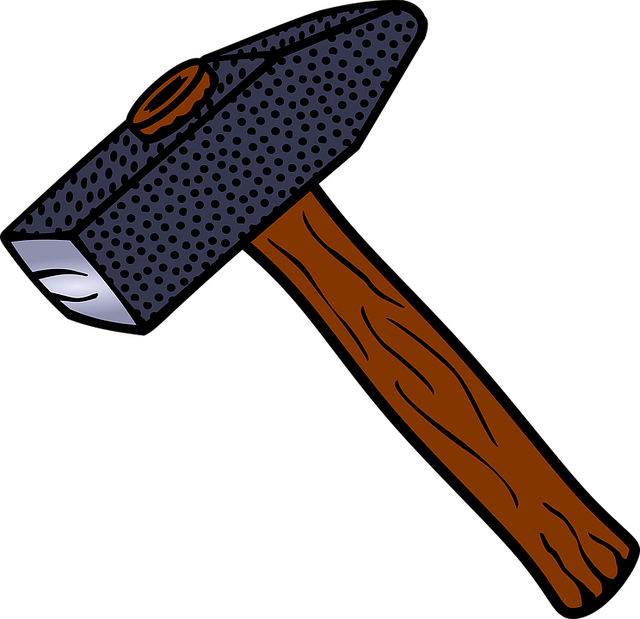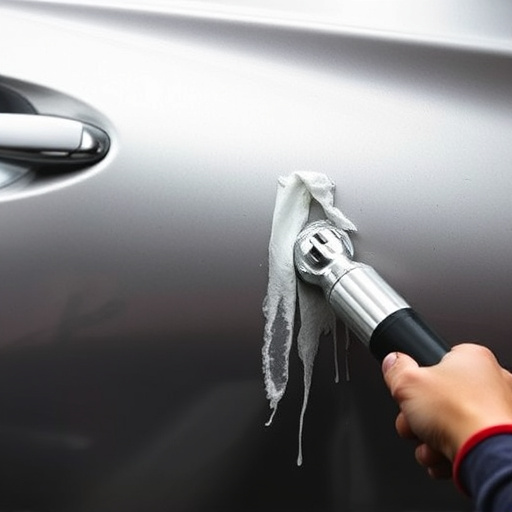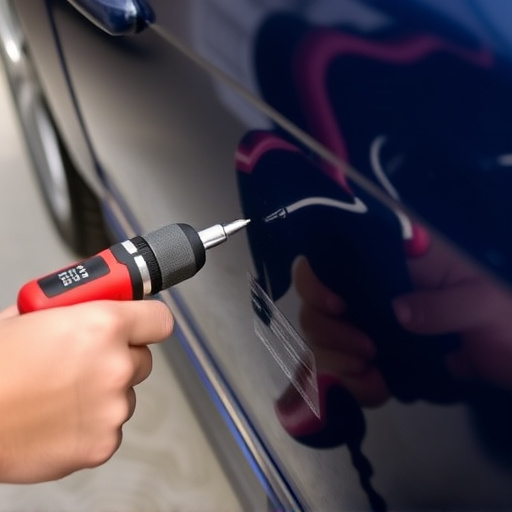Overcurrent events, incompatible chargers, and environmental damage can lead to Tesla charging port issues requiring repair. Regular maintenance, using certified chargers, and periodic electrical checks prevent accidents needing collision or automotive restoration services. Repairs involve meticulous inspection, disassembly with specialized tools, and auto body work if necessary, while preventive measures include cleaning, compatible chargers, and adhering to manufacturer guidelines for safe charging.
Tesla owners often encounter overcurrent events while charging, causing potential damage to the crucial charging port. This article delves into the underlying issues, exploring common causes of charging port damage and highlighting the importance of prompt repair. We break down the repair process and offer valuable prevention strategies for Tesla owners. Understanding these factors is essential for maintaining your vehicle’s charging infrastructure and ensuring a seamless electric driving experience.
- Understanding Tesla Charging Port Overcurrent Events
- Common Causes of Charging Port Damage
- Repair Process and Prevention Strategies
Understanding Tesla Charging Port Overcurrent Events
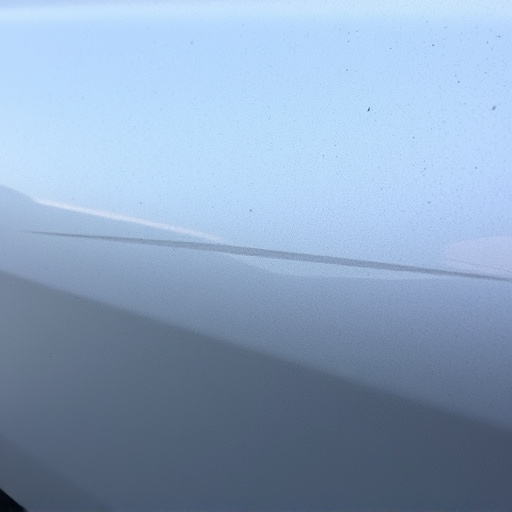
Tesla charging port overcurrent events can occur when a car experiences an electrical overload while plugged into a charger. This typically happens due to issues with the charging port itself, the vehicle’s electrical system, or external factors like faulty chargers. These events are not uncommon in electric vehicles (EVs), especially as their charging infrastructure continues to evolve and adapt to meet growing demand.
Regular Tesla charging port repair becomes crucial following such incidents to ensure safe and efficient charging. Auto body services that specialize in EV repairs can assess and fix the problem, which might involve replacing damaged components or conducting a thorough car body restoration. Moreover, understanding how these overcurrent events occur is essential for preventive measures, such as using certified chargers and maintaining regular electrical system checks to avoid future auto glass replacement needs caused by similar issues.
Common Causes of Charging Port Damage
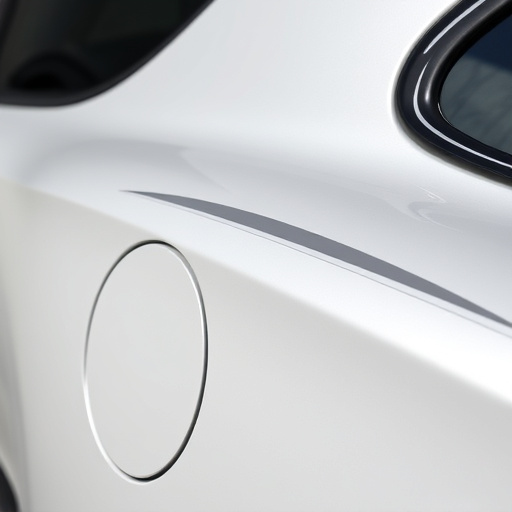
The Tesla charging port, a crucial component for electric vehicle owners, is susceptible to damage due to various factors. One of the most common causes is overcurrent events, where an excessive amount of current flows through the port, leading to potential burnouts and structural failures. This often occurs when using third-party chargers that are not compatible or when the charging cable is damaged, causing a short circuit.
Other contributing factors include frequent use in harsh weather conditions, incorrect installation, or accidental damage during parking or driving. For instance, a Tesla owner might accidentally drive over a loose charger cable, exerting excessive force on the port and leading to damage that may require a mercedes benz collision repair or even automotive restoration techniques if severe enough, including frame straightening.
Repair Process and Prevention Strategies
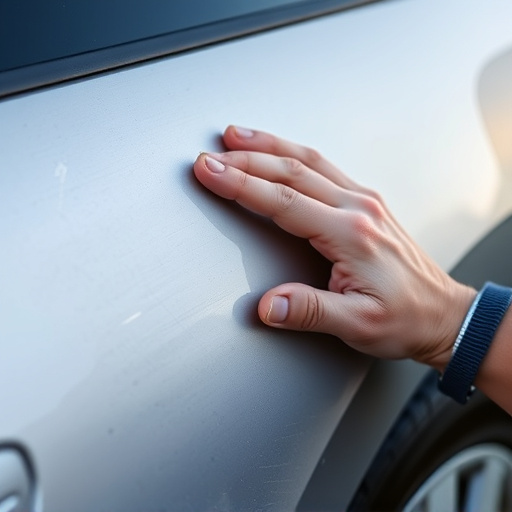
The Tesla charging port repair process involves several meticulous steps to ensure safe and effective fixing. First, the damaged port is thoroughly inspected to identify the root cause of the overcurrent event. This could be due to a faulty connector, internal short circuits, or even loose connections. Once diagnosed, specialized tools are employed to carefully disassemble the charging port from the vehicle, allowing access for repair or replacement. Auto body repairs might be necessary if the surrounding area has been affected by heat or damage during the incident.
Prevention strategies for Tesla charging port issues include regular maintenance and prompt attention to any unusual behavior. Regular cleaning of the charging port can prevent debris buildup, which may cause arcing and overcurrent events. Additionally, ensuring that only compatible chargers are used and adhering to manufacturer guidelines for charging procedures can significantly reduce the risk of damage. Vehicle repair specialists recommend keeping a close eye on charging logs and taking immediate action if a vehicle’s charge cycle exhibits erratic behavior, as this could be an early warning sign of potential issues.
Tesla charging port repairs are often necessary due to overcurrent events, caused by factors like faulty cables or charger malfunctions. Understanding these issues and their underlying causes is key to preventing damage. By implementing proper repair processes and adopting preventive strategies, such as using high-quality accessories and maintaining regular maintenance, Tesla owners can ensure their charging ports remain in good condition, extending the life of their vehicles and avoiding costly repairs.


